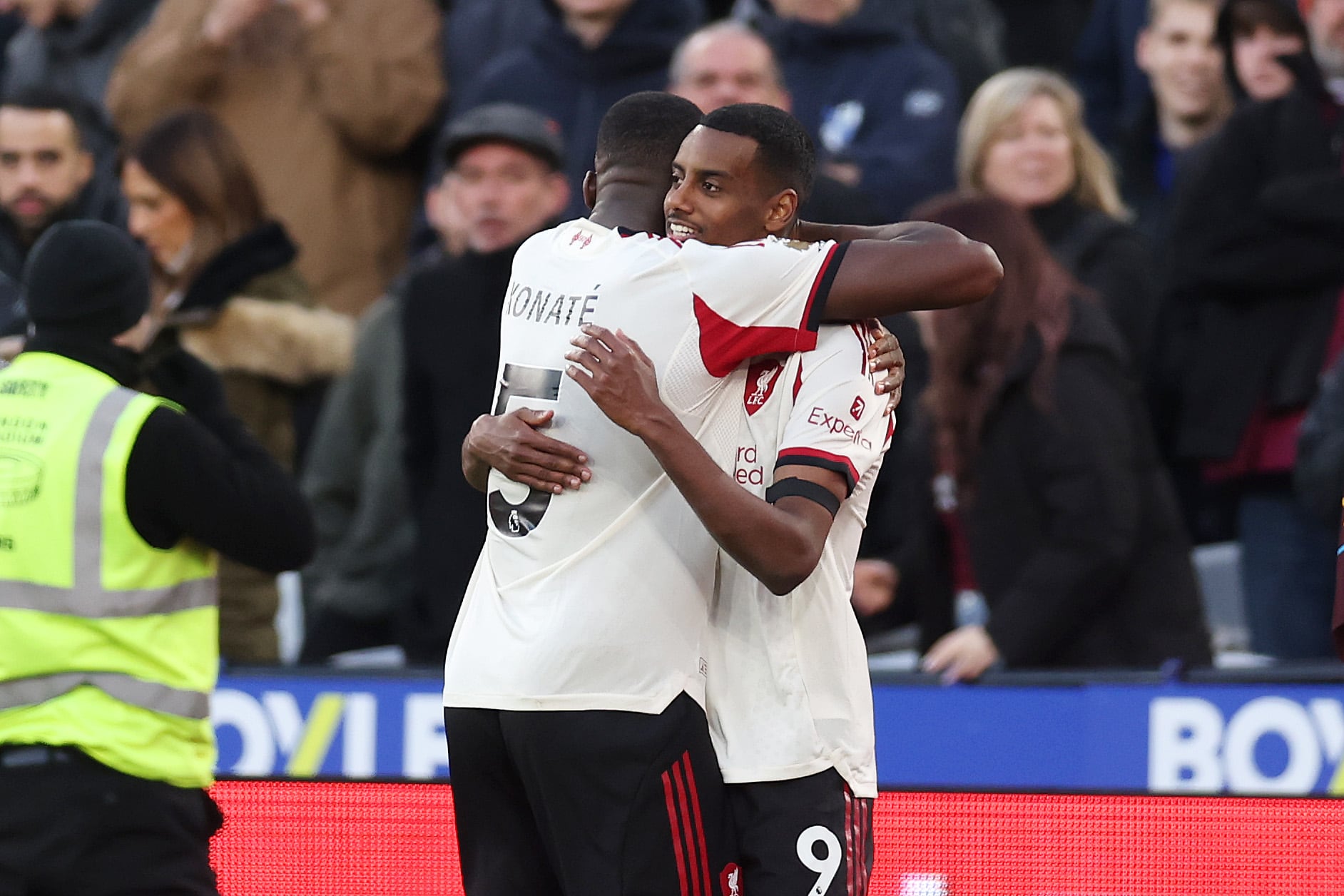If you have been paying even the faintest attention to women’s football over the past few months, the spate of ACL injuries can’t have escaped your notice. A study by Dan Horan, on behalf of the Irish Research Institute, estimated that between 25% and 30% of time lost to injuries on football pitches was due to ACLs.
Farther afield, five of the 20 nominees for the 2022 Ballon d’Or – Alexia Putellas, Beth Mead, Vivianne Miedema, Catarina Macario and Marie-Antoinette Katoto – have sustained an ACL injury. Last year Australian superstar Ellie Carpenter was struck down by the dreaded injury in the women’s Champions League final against Barcelona. Her recovery and surgery were documented in the recent Disney+ documentary Matildas: The World at our Feet. Carpenter has just made it back to competitive action after 10 months out, while Putellas returned for Barcelona over the weekend in what coincided with their latest coronation as Spanish champions.
Dr Alireza Monajati, who has led multiple performance departments in the elite women’s game, including at Crystal Palace and London City Lionesses, has been researching ACL injuries, preventive measures and comebacks for over a decade. He now teaches at the University of East London. He says that suffering and recovering from an ACL injury involves travelling on an emotional, mental and physical rollercoaster.
He explains that the first step for a player who has suffered such an injury is to undergo an MRI, to determine the extent to the damage, not just to the ACL but also to other ligaments in the knee.
READ MORE
“After that, an assessment needs to be done by the surgeon and the physio to understand if the person is ready for the operation or not because, in most cases, the evidence and the data show that if you have a better prehab – that means that the pre-operation work you do like supervisory strength and conditioning to strengthen the muscles around the knee –, then you’re going to have a quicker and more successful recovery,” says Dr Alireza.
“After the operation, the next phase is to get the full range of motion, the passive and active range of motion, and then the weight-bearing, followed by the joint movement, gradually moving to a higher speed. Then towards the later stages, [there will be] some kind of landing and biomechanics work.
“The data is so important to look at the ACL injury risk factors because when you get the first one, the risk to get the second one is very high.”
The cost of an ACL injury also has to be considered. Dr Alireza says surgery can cost £15,000-£20,000, (€17,000-€22,700), depending on the clinic. You also have to factor in the costs of physiotherapy, prehab, rehab and possibly a psychologist. Price can become an issue for lesser clubs and players not on full-time contracts. Clubs also might need to recruit a new player while paying the injured one.
More research needs to be undertaken to determine whether there is indeed a higher incidence of such injuries among women players, and what the causes might be. Dr Alireza suggests that game loads, longer seasons and the increase in the number of clubs could be factors. He also notes a tendency to transfer men’s training routines directly into women’s teams.
“I think that can be part of the problem because, for instance, the way that the female teams are training, I think it’s completely adopted from the male game, with the duration of the training, the amount of high-intensity running, etc.”
That is not all. “I think the anatomical difference plays a huge role,” says Dr Alireza. “The wider pelvis in relation to the knees, and then when women land, the hormonal factor as in different phases of the menstrual cycle is important. The thickness of the ACL and that difference between males and females, the inversion point of the ACL in the notch between the male and female, all of the muscle activation patterns, all of those requirements and quadriceps and muscle ratio. All of those are vital.”
Dr Alireza wants such information to be shared and used by governing bodies in a similar way to the sharing of research and knowledge on concussion and cardiac issues in sport. While he acknowledges these are more life-threatening, he also knowns that ACLs can be career-threatening and may have severe impacts on players who have trained their whole lives for major tournaments.
“We know the mechanism of the injury, we know the risk factors, what we don’t know is that the rate of a risk factor for different levels,” says Dr Alireza. “At the WSL, for instance, the risk factors can be two out of 10 factors, like surfaces for playing, temperature, boots, game load etc. We need to have a comprehensive data collection for all the injuries recorded to find out the pattern behind them. Then we can work on prevention.”
He says teams across the board should agree to share data on ACL injuries, inputting everything from potential risk factors to prehab regimes, operations and rehab. Knowledge is power. Governing bodies need to encourage and facilitate this. Dr Alireza says monitoring such information over a two-year period could yield important findings. Many other players could succumb to the injuries over that time. But at least future generations might benefit from the lessons learned.
















